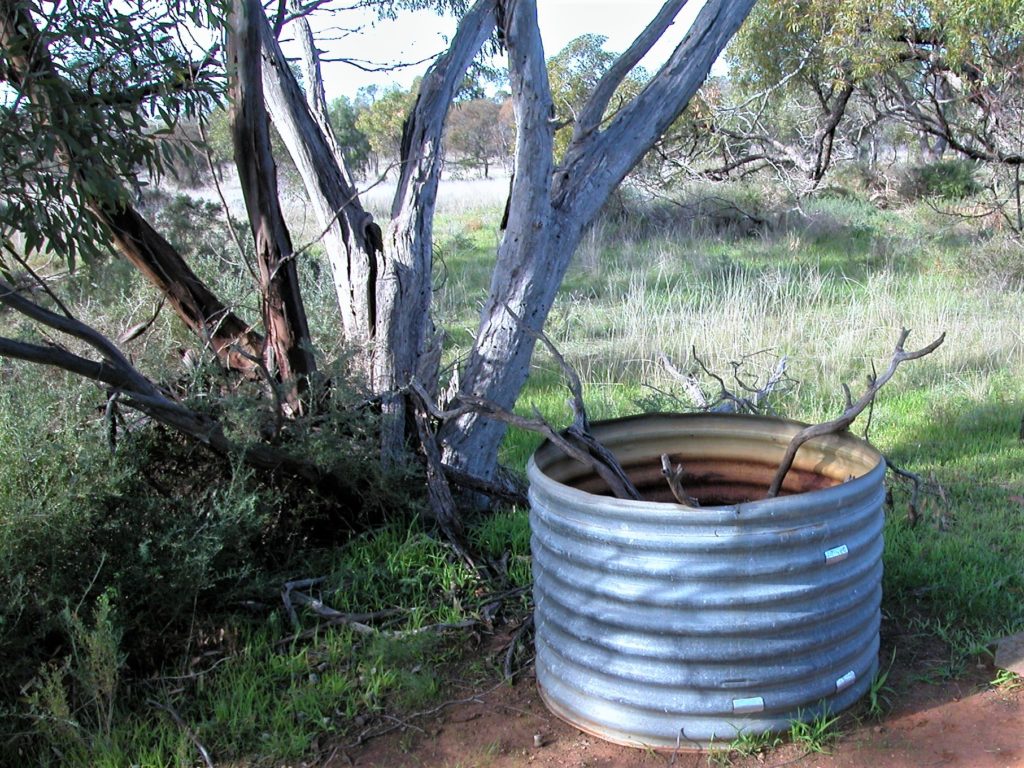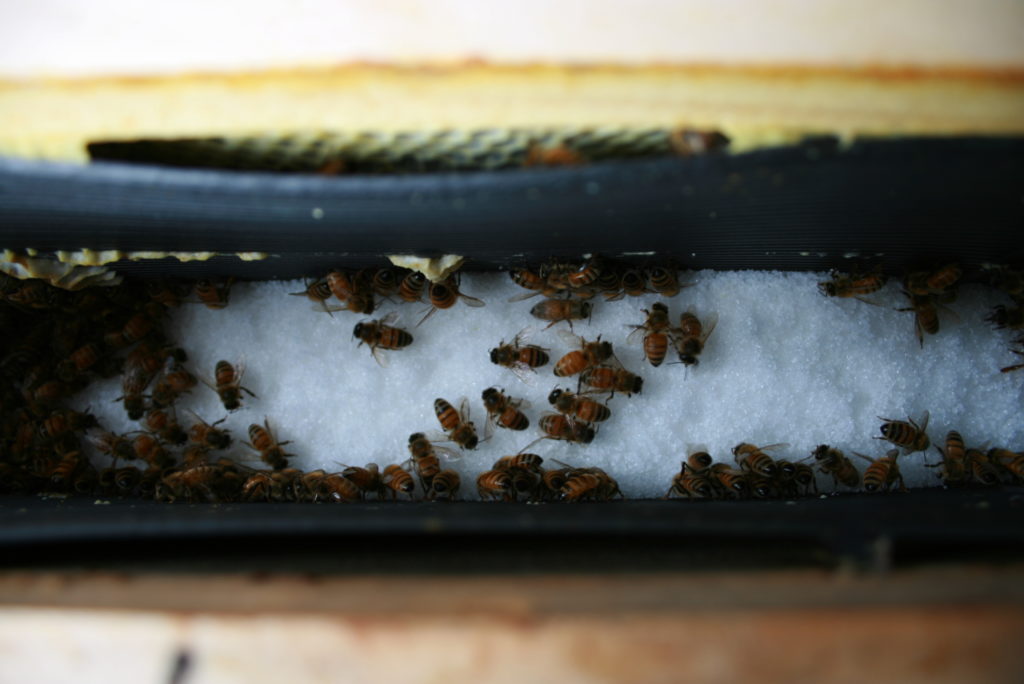Summer may be officially over and whilst conditions have improved, beekeepers are being urged to continue to focus on the health of their hives. In difficult times, the fundamentals of managing water, nectar and pollen remain the same but in order for hives to remain healthy through adversity, extra vigilance may be required.
Water
Even as we leave summer behind, beekeepers are reminded that water is the most essential ingredient for a colony’s survival, particularly in weather beyond 35°C and beyond, with strong colonies consuming up to a litre per day. Ensure bees have access to a clean, fresh water source and that measures have been put in place to prevent bees drowning.

Nectar
Whether choosing to feed in-hive or externally, beekeepers should take measures to ensure the correct processes are adhered to in all conditions.
If externally feeding it is important to prevent livestock from drinking syrup, as this can be fatal.











